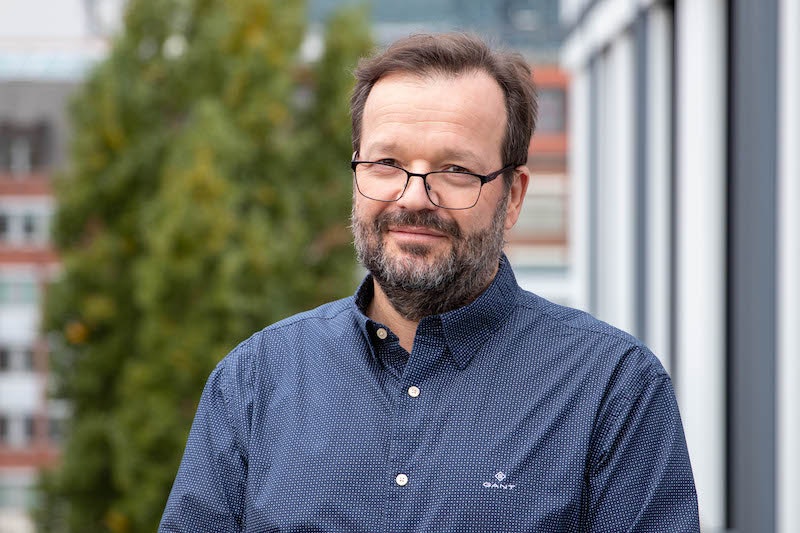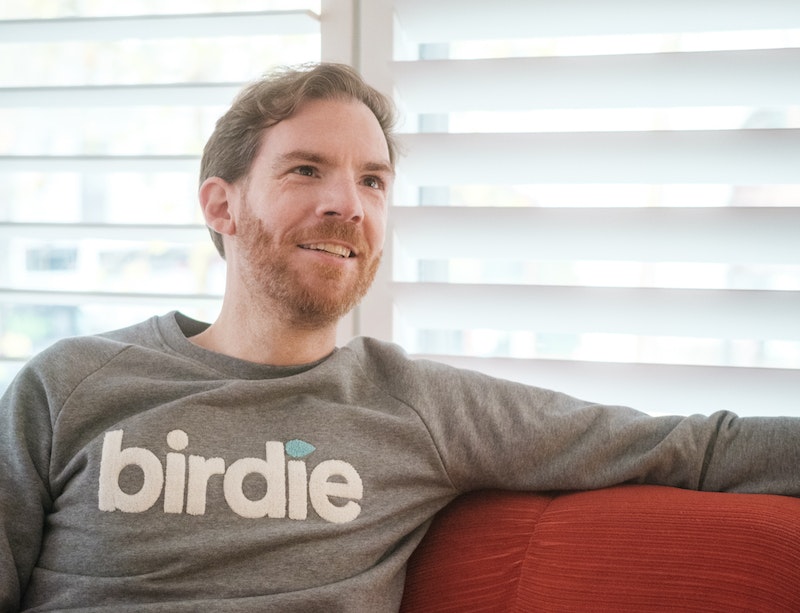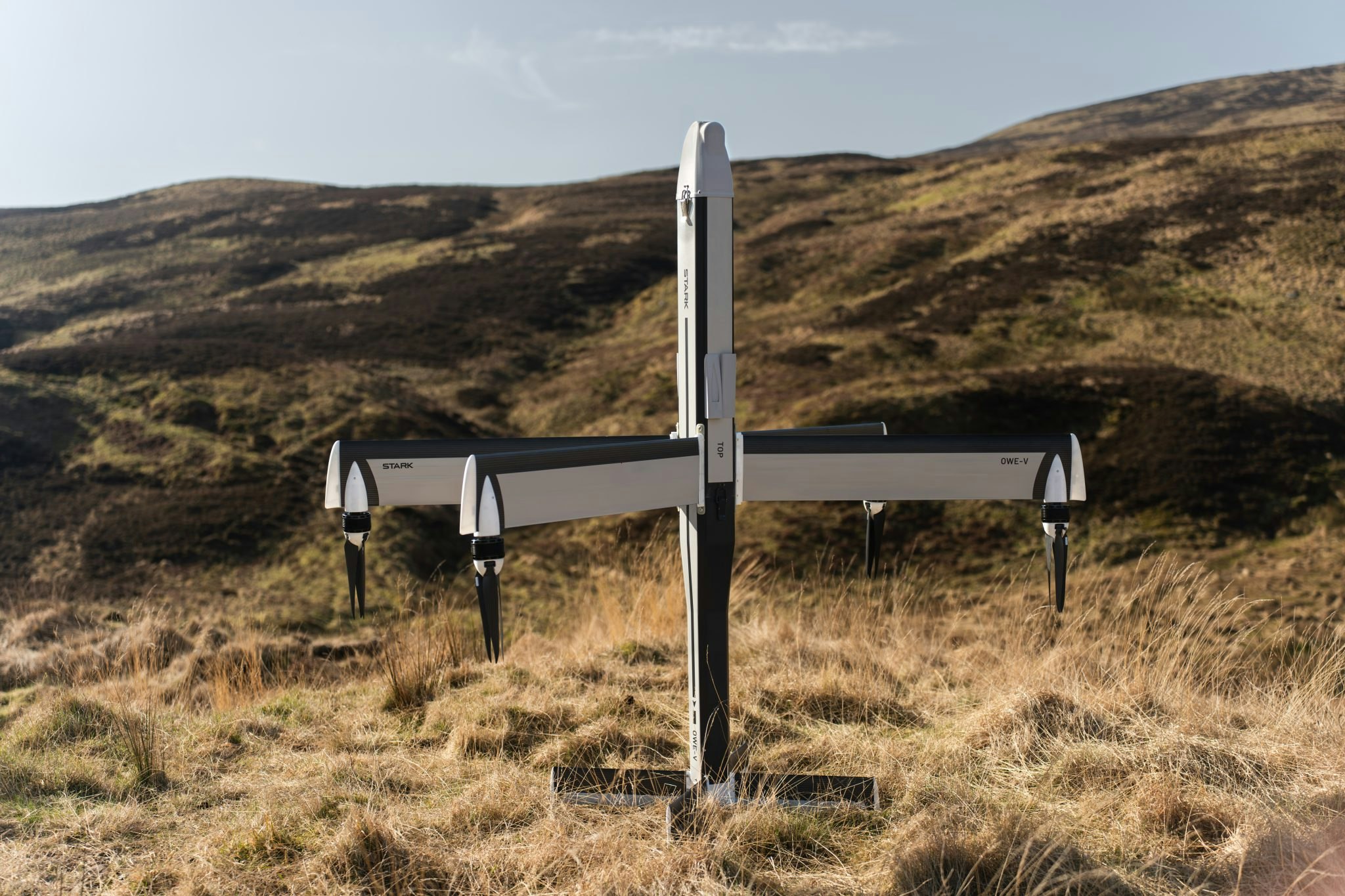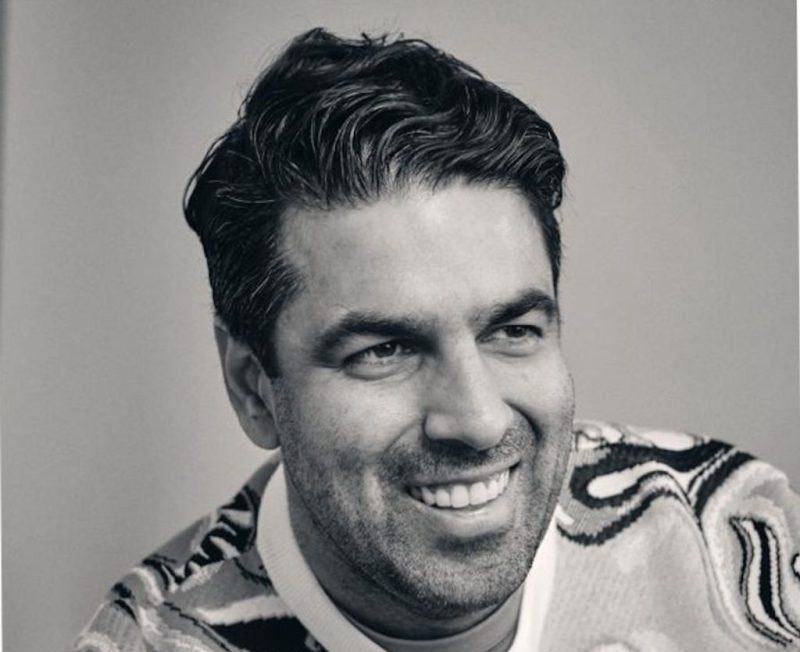You can find the first crumbs of the chief technology role in the 1950s and 60s, when a string of large corporations established gleaming research labs out in the sticks (ie. remote from HQ) with the hope of creating hubs of scientists who could dream up genius ideas unconstrained by the rigmarole of daily office life.
Originally, the directors of these labs were focused solely on research, science and developing products. But as we rolled into the 1980s and home computers and cell phones developed, the role transformed. These same directors needed to be across both tech and strategy. Thus the CTO was born.
What is a chief technology officer?
A chief technology officer is in charge of a company’s technological needs, research and development — it’s the top tech position within a company’s C-suite. A CTO will lead the technology or engineering department, stay across tech trends and harness capital to help crystallise a company’s aims.
The CTO is both an executive and a technologist, evaluating tech decisions through the lens of business growth and strategy. The role often has real clout within an organisation, and for tech-facing startups, the CTO can be as important as the CEO.
So what does the chief technology role entail? Sifted turned to experts in the field to find out.
Tomas Vocetka, chief technology officer at Omio

Tomas Vocetka is the CTO of global travel search platform Omio. He’s in charge of all of the scaleup’s technology needs.
“What a CTO brings is first representing the technology, bringing the technology capabilities to the table, making sure all of the other parts of the business understand where we stand, where we are going as a technology, our capabilities and strengths, what we need to develop in the longer-term,” says Vocetka. “And at the same time, engaging in the business and strategic planning discussions and bringing this information back to the engineering teams.
“The main role of any CTO is ensuring that long-term the technology the company builds is aligned with where we are going as a business. So not necessarily next quarter, but where do we want to be in the next year, two, three years and what are the technical capabilities that need to be built or acquired?”
The most important skills for this, Vocetka believes, are “soft skills” — things like “empathy, communication, trying to listen and understand what people need… and ensure that all parties at the table understand each other”. He thinks these are more important for a chief technology officer than the technical skills.
“When you work with hundreds of experts, there are many competing ideas, and in the end it’s very often the CTOs role to be the decision-maker,” Vocetka continues. “And then we need to build some kind of moral system to drive the decisions.”
👉 Read: How to be a DIY CTO
The hype behind emerging tech like generative AI means 2023 has brought novel challenges for CTOs: “This year will be the year of AI,” says Vocetka. “We will have to take it way more seriously, because it’s obvious it’s become an industrial trend. I see the conversational interfaces as possibly something that will shortly replace web-based stuff. It’s way easier to interact with smart ChatGPT than typing into Google… We will need to figure out, like everyone else, what is our place here? What does this mean for us and how to deliver the best customer experience?”
The downturn has also made things more difficult. “On the yin side I want to implement ChatGPT,” explains Vocetka. “On the yang side, we have certain market conditions that limit our budgetary capabilities… We need to be way stricter with budgets, implement cost controls and clarify the business impact of all the initiatives that we as CTOs are bringing to the table.”
Lethabo Motsoaledi, cofounder and CTO at Voyc

Lethabo Motsoaledi is both cofounder and chief technology officer of Voyc, an AI-enabled software company that monitors sales calls. “Every fire is my problem,” she says.
Motsoaledi launched the business with her cofounder, Matthew Westaway — they both studied the same engineering degree at the University of Cape Town. When you have two technically minded cofounders, you need to split roles early. “Who’s going to be the CEO who deals with investors and making sure the business never runs out of money, and who’s going to deal with the product, engineering and that kind of thing?”
Every fire is my problem
Motsoaledi took on the CTO role and in the early days built the first version of the product. Once the startup had investor backing, it hired its first developer (who’s now head of engineering) and Motsoaledi was able to focus on the bigger picture:
- What needs to be built and how?
- Does it make sense with what the competition is doing?
- What kind of tech stack are they using and should we build it or outsource it?
- What is our competitive advantage?
- How do we build depth in the product?
The chief technology role evolved to encompass “overseeing the tech vs actually having to code the tech,” Motsoaledi says. “The purpose and function of a CTO is to make sure that you are building the right things, at the right time, in the right way, considering things like scale, tomorrow’s requirements, growth objectives.”
A core part of that is building and managing your tech team; “making sure that you’re constantly reminding everyone of the vision and direction so that they don’t go down rabbit holes that don’t help”.
This also means that as chief technology officer, “it’s more important to communicate what needs to be done than to be able to do it yourself,” Motsoaledi says. A strong technical grounding is essential but as the company grows, “you don’t have the opportunity to get stuck in the weeds as often, whereas your team does… It’s the role of [a CTO to] always state context, why you’re doing what you’re doing, why it matters; very similar to the role of a CEO in an early stage.”
There’s something else that defines Motsoaledi’s role: “Being a female tech founder has shown me how much of my responsibility it is to ensure the diversity of my team and investing as much as I can in it. It’s a crucial role I have in deciding what my team looks like and always moving the needle in that regard.” When hiring a junior, for example, she always hires women and says this has enhanced the diversity of views at Voyc.
Gwen Le Calvez, cofounder and chief technology officer at Birdie

Gwen Le Calvez, who spent five years as chief technology officer at elderly care startup Birdie, an elderly care startup, before moving into a role as a risk and compliance manager, says there’s a distinct difference in what you’re doing as CTO in the early stages and then as the company evolves. “At the beginning, it’s a kind of do-all-of-everything role: you’re the techie, the product manager, the recruiter, the hiring manager… Over time, as we’ve grown, my role was much more management and hiring, focusing on creating the right place for the team to thrive and build the right product,” Le Calvez says.
If you look at successful companies and scaleups, the CTOs are really part of the business and they understand what they’re trying to solve
Today, with some 150 employees and more than 30 engineers, Le Calvez focuses on company and tech strategy and people management.
That throws up some of the main challenges for a CTO. “We are only as good as the people who are at Birdie and so it’s really important that we hire the right person,” says Le Calvez. “The main challenge is doing vs delegating... especially in tech, we are all a little bit geeks and we like to do things our own way, so sometimes it’s a struggle to delegate to others.”
His advice to other CTOs is not to stay isolated. “If you look at successful companies and scaleups, the CTOs are really part of the business and they understand what they’re trying to solve… so don’t be shy, acquaint yourself with the industry, with your customers, with the commercial practice.”
In the current market, he suggests focusing on efficiency. “That can mean a lot of things, but at the very beginning be certain to urge the team and hiring people to be frugal and optimise.”
Birdie uses an “objective tree”, detailing the objective of the company and each team. “As an individual you should always be able to relate your job to an objective of the company,” says Le Calvez. “So if you’re not doing something that is contributing to one of these objectives, you are probably doing something that’s not necessary. And that’s efficiency for us. In the day-to-day, it’s really about challenging the team and training people so that they are focusing their time on the right things.”
Marta Jasinska, CTO at Launchpad

As chief technology officer of Launchpad, a green energy corporate accelerator, Marta Jasinska is a “CTO of CTOs”.
She sees the functions of the CTO as threefold:
- A technical leader: “Depending on the size and complexity, it may mean something very high-level or it may be low-level, where you make every technical decision,” Jasinska says. “But these are the people who are ultimately responsible for the platform that’s being built within the company.”
- An executive leader: “To represent technology at the executive level and the board level, and be the most accountable person when it comes to the technology platform and tech people decisions.”
- A people leader: “You are usually managing a team, sometimes small, sometimes big. Due to technology’s importance, in pretty much every company I’ve been in we’re either the biggest team in the organisation or the second. So you have to be really strong on people leadership and management.”
For Jasinska, that last point meant investing in her communication skills, and “trying to understand the different ways of communicating within communication — presentations, videos, short-form, long-form — and being able to flex them and know when to use them”.
Rather than giving you a fish, I’m going to teach you how to fish, right?
What kinds of questions does she tend to help her chief technology officers with?
“A lot of questions, especially early on, are around specific problems,” says Jasinska. “We want to hit a certain goal in compliance or fix this one issue with cloud infrastructure… I very often find myself sitting down and trying to understand the reasons they are asking for help with this particular thing.”
That can mean asking questions like:
- Is it because you don’t have the skills on your team?
- Is it that you do have the skills but people on your team aren’t meeting expectations at that level?
- How can we bring the right skills to your team?
“Rather than giving you a fish, I’m going to teach you how to fish, right?” she says.
“A big part of being a great CTO is being able to get people on board, even if they’re at a different level of understanding technology-wise… Not only to explain to them, but to make them understand what’s important about it, how we’re thinking about its evolution and the tradeoffs that we’re making. It’s an ongoing conversation rather than a single session.”
The current downturn could be an opportunity for unaffected companies to grab some of the talent that’s been let go. It’s reinforced a point that’s always been important: don’t hire or grow a team without understanding the business reasoning behind it. Is the team you’re growing, for example, going to work on a feature that will increase revenue over a sustained period of time?
“My advice for smaller startups or scaleup CTOs would be to think about whether you can benefit your team in any way. Take a long hard look at your hiring plans and make sure every change you see there is justifiable in the wider business plan.”
Jessican Rawnsley is a freelance writer. Find her on LinkedIn or Twitter



